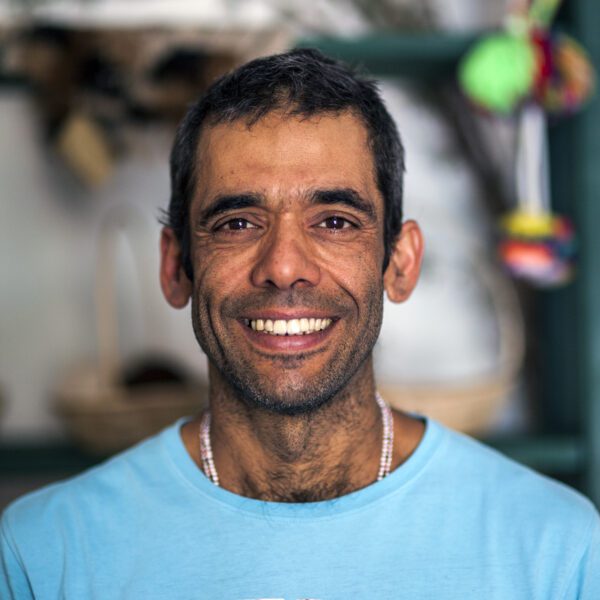This is a special day, on which you can learn about the gastronomy of Cusco and the Sacred Valley and discover the amazing variety of local agricultural resources and biodiversity, to later put your newly acquired knowledge into practice in an interactive cooking experience with a local community.
To begin the day, we will leave Lamay at 9 am and head towards the community of Huayllafara. We can arrange transportation for you or your group from Cusco or the Sacred valley to Lamay and back for an additional fee of 75$ (up to 6 passengers. For bigger groups please contact us). You can choose this option in the booking process.
The locals will take us to visit their farms with traditional crops (like corn, potatoes, oca, anu, tarwi, quinoas, beans among others) and you will learn about their traditional farming techniques while tasting their local produce. According to the time of year and the agricultural calendar, you will participate in activities proper of the local culture and find out what the daily life in the community looks like.
The tour and interpretation will be focused on agricultural and food processing techniques, such as the corn harvest, the washing of quinoa and its different uses, the production of “Chicha de Jora” and other interesting Andean activities.
After the farming experience, our hosts will share their traditional recipes and techniques with us. You will participate in the preparation of a seasonal and nutritive lunch, using native products in the cooking process.
After sharing and learning with our local friends we will put an end to the activity and return to Lamay (arrival: 3 pm). From here, you can return to your hotel or your next destination.

This experience is very authentic. With our concept, we try to revolutionise the way of visiting peasant communities, by making sure that the protagonists are both the local residents and the visitors. It is a great opportunity for real and genuine interaction, for exchange, information sharing and good energy on both sides.
Additionally, we care a lot about the ingredients used when offering a meal to visitors. Priority is given to the use of local supplies, which helps reduce carbon footprint and contribute to the local economy. At the same time, the chosen ingredients are healthy and nutritious foods, which is beneficial for you and the community.
Last but not least, this type of activity of course also contributes economically to our partner communities.
For USD 75.00, we´ll take care of picking up you or your group (up to 6 passengers. For bigger groups please contact us) and dropping you off again in your accommodation, be it in Cuzco or in the Sacred Valley.
You can also come by public transport from Cusco or any point in the Sacred Valley. Keep in mind the distance of the trip to arrive on time at the starting point of the activity.
We’re here to help! Please let us know your preferences, and we’ll create a personalized menu just for you.
Certainly! Our recommendation is for children aged 6 and older, but as a parent, you know your kids best. Considering it’s an outdoor tour, the planned activities present no major challenges, allowing you to fully enjoy them with your children.
Yes, but out of respect, always ask before.
This tour is an exclusive experience, tailored to provide a high-quality outing. To ensure the best possible experience, we have set a preliminary limit of 20 people. If you are planning a larger group, please inform us in advance so that we can make the necessary arrangements.
For questions about booking a tour, prices, preparation for your trip, health and safety or other themes, please check our Frequently Asked Questions page. If you can’t find your question & answer, email us and we’ll add it!

I was born in Lima, I studied tourism and hotel management at San Martin de Porres University, and I have been living in Cusco for 25 years. My motivation is to preserve the environment and foster sustainable development of the local communities through tourism and other activities coherent with the destination. Together with the communities, I am learning more and more about sustainability. The truth is, the locals often know a lot more about it than we do.
After so many years of seeing how tourism has had a negative impact, I think there is only one way to maintain our activity: adopting an inclusive way of thinking and educating the traveler that the destination belongs to the people who inhabit it.